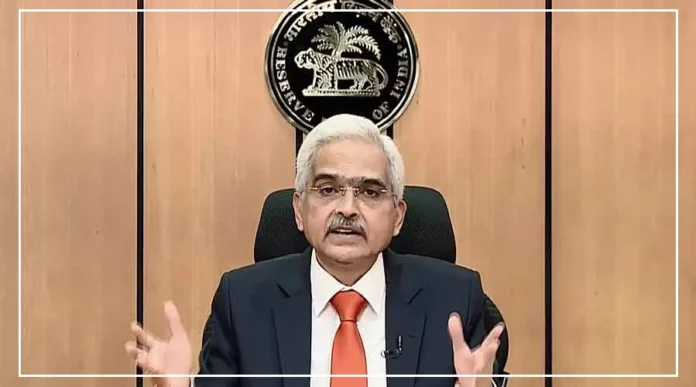Rs 100 and 200 Notes: When you withdraw cash from ATMs, you often get only ₹500 notes. Finding change for these notes can be a hassle.
But now, this issue may be resolved. The Reserve Bank of India (RBI) has directed all banks and White Label ATM Operators (WLAO) to increase the supply of ₹100 and ₹200 notes in ATMs.
For clarity, ATMs run by non-banking institutions are called WLAOs. RBI has also set two deadlines to make sure people can easily get these smaller denomination notes.
To Make Small Transactions Easier
The first deadline set by RBI is 30 September 2025. By then, 75% of ATMs should have at least one cassette containing ₹100 or ₹200 notes.
The second target is by 31 March 2026, when this should be implemented in 90% of ATMs. This move will help people get smaller notes more easily, making everyday transactions simpler.
Many people have complained that ATMs mostly give out ₹500 notes, which creates problems when paying for small purchases.
RBI’s order is expected to improve the availability of smaller notes and ease daily cash usage.
ATM Interchange Fee Also Revised
Recently, RBI also mentioned that ATM network providers will now decide the interchange fee. The fee for financial transactions has increased from ₹17 to ₹19.
For non-financial transactions, it will be ₹7. Additionally, GST will apply to both types of fees.
Customers will continue to get 5 free ATM transactions per month from their own bank. This includes both financial and non-financial uses.
In metro cities, 3 free transactions can be done at other bank ATMs, and 5 free in non-metro areas. If this limit is crossed, charges will be applied.
Why Are Small Notes Important?
₹100 and ₹200 notes are essential for small payments—like shopping, local travel, and regular purchases.
However, people often face issues because these notes are not easily available at ATMs. RBI’s order aims to fix this by requiring banks and WLAOs to ensure regular availability of these denominations.
This means they must frequently refill ATMs with smaller notes and follow the set deadlines to meet RBI’s targets.
Why Are Bank Officials Worried?
RBI’s instruction to boost the supply of ₹100 and ₹200 notes has created concern among banks and WLAOs.
Now, they must make sure their ATMs dispense more small-value notes. This will require more work—like managing note supply and filling ATM cassettes more carefully.
Due to the extra effort involved, this order has caused panic among bank staff and officials across the country.
